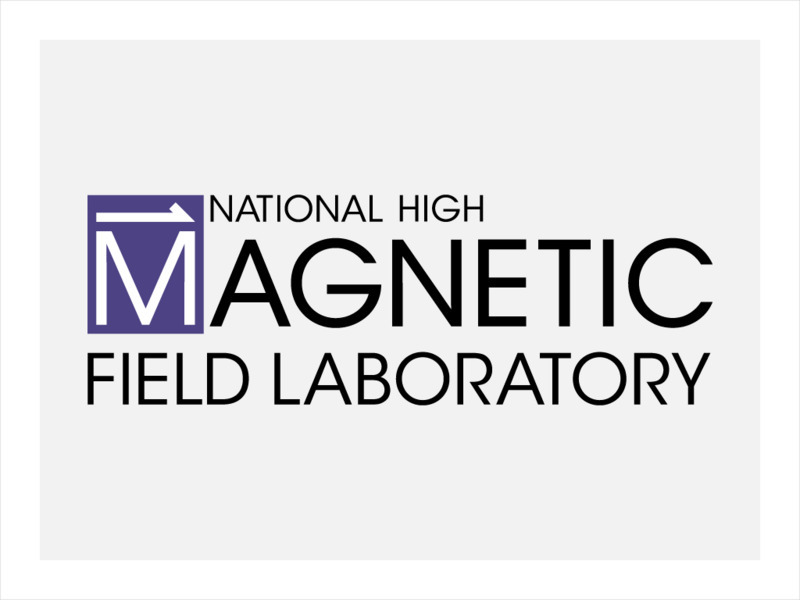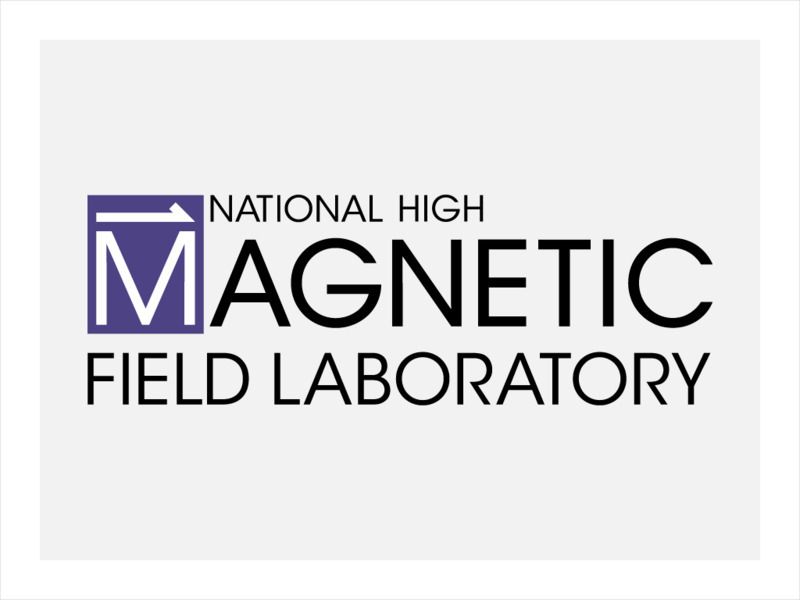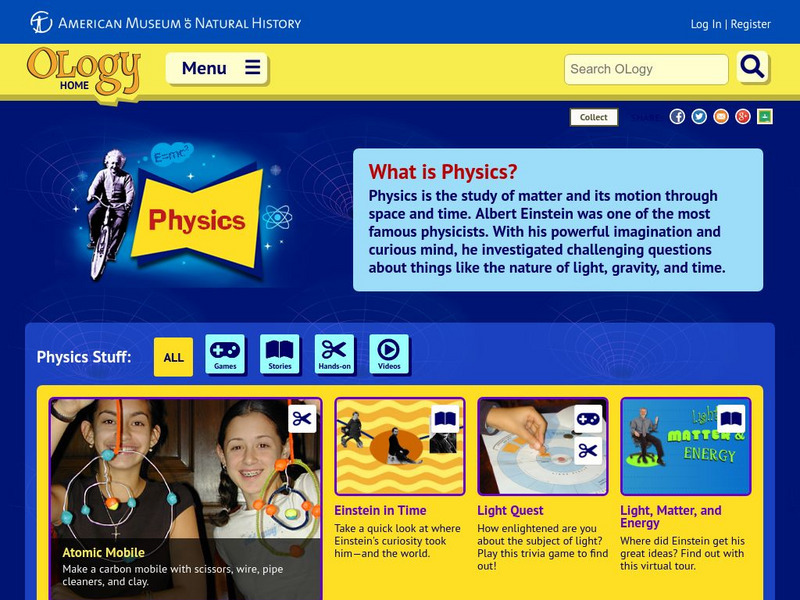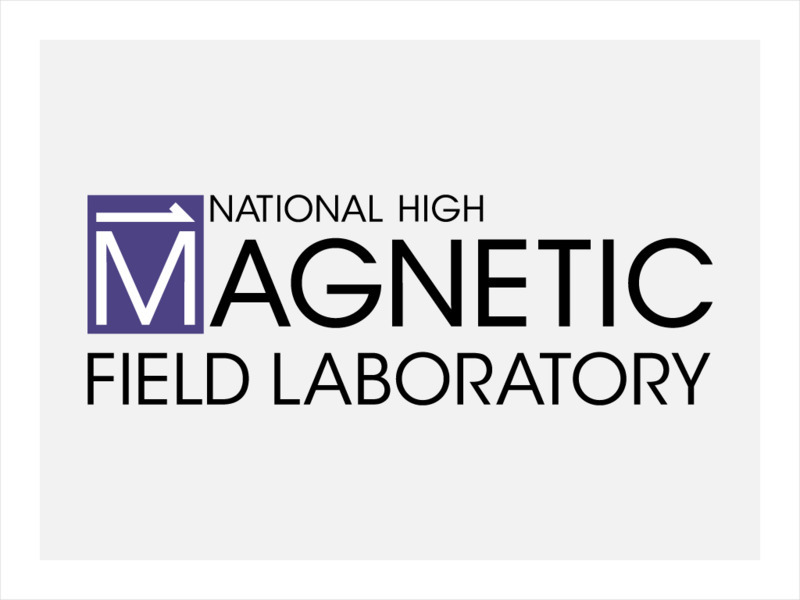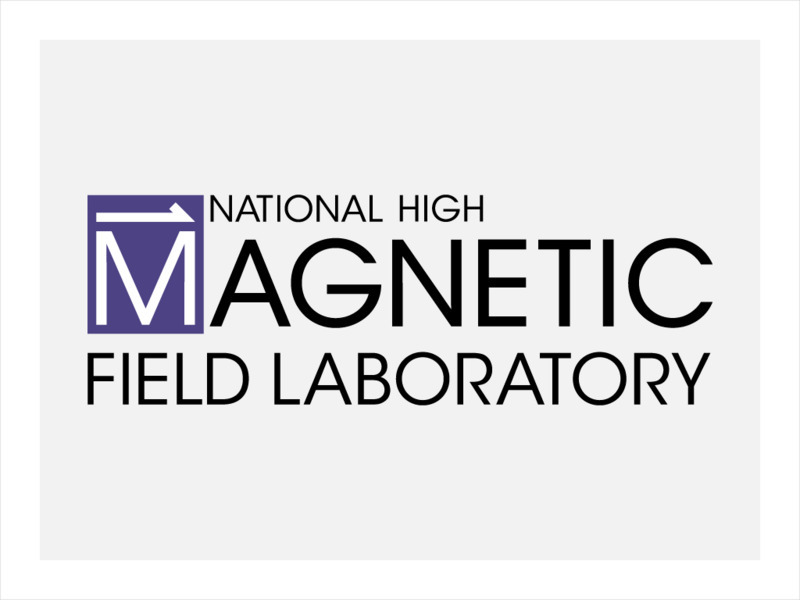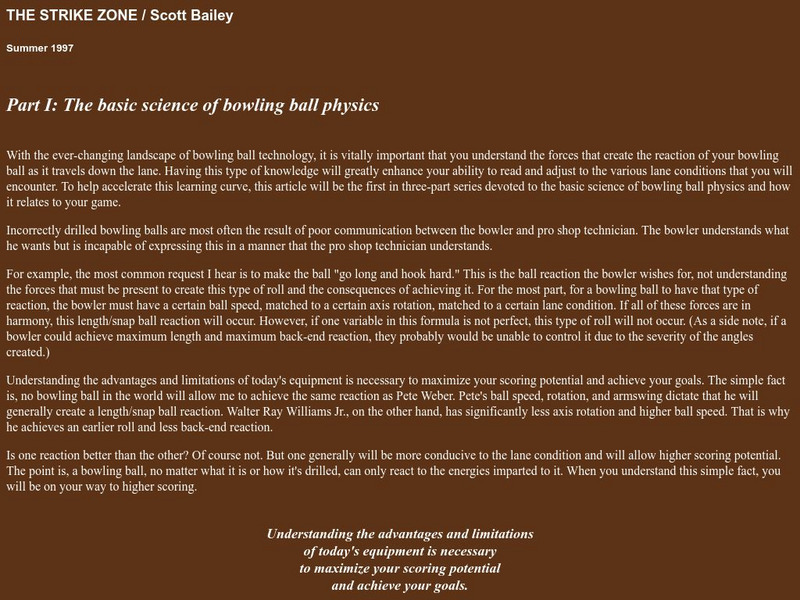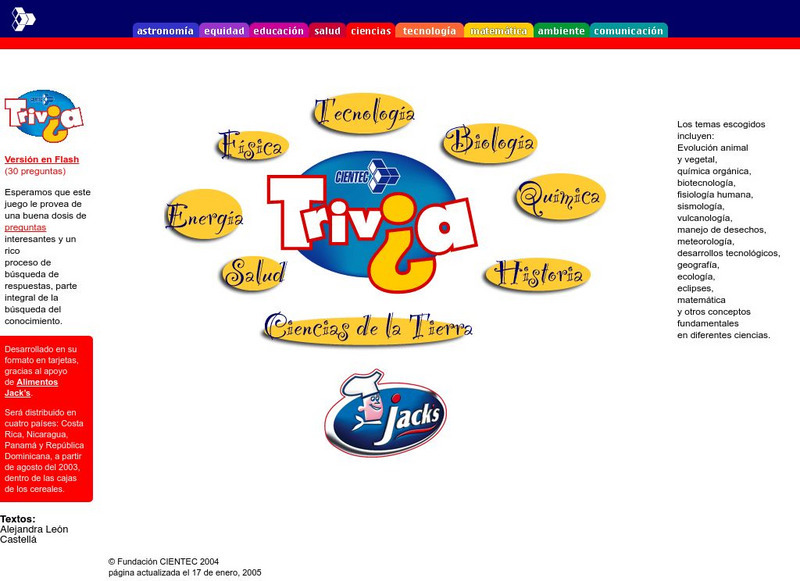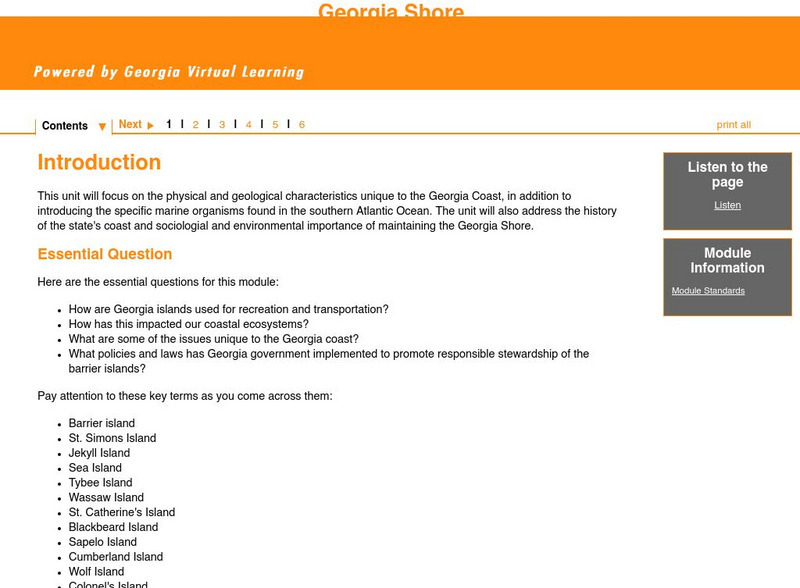National High Magnetic Field Laboratory
Magnet Academy: Timeline of Electricity and Magnetism: 1930 1939
New tools such as special microscopes and the cyclotron take research to higher levels, while average citizens enjoy novel amenities such as the FM radio.
National High Magnetic Field Laboratory
Magnet Academy: Timeline of Electricity and Magnetism: 1880 1889
Nikola Tesla and Thomas Edison duke it out over the best way to transmit electricity and Heinrich Hertz is the first person (unbeknownst to him) to broadcast and receive radio waves.
National High Magnetic Field Laboratory
Magnet Academy: Timeline of Electricity and Magnetism: 1940 1959
Defense-related research leads to the computer, the world enters the atomic age and TV conquers America.
University of Florida
Florida Museum of Natural History: Physical Science
This guide focuses on four physical science topics that fascinate children and scientists alike. They are motion, magnets, sound, and light. With your guidance and support, these topics provide children with many opportunities to explore...
Other
American Institute of Physics: Marie Curie and the Science of Radioactivity
Resource provides an in-depth exhibit featuring Marie Curie and her contribution to the science of radioactivity.
American Museum of Natural History
American Museum of Natural History: O Logy: Way to Go, Einstein!
The Way to Go, Enstein, OLogy site is a place for learning about Einstein--his career, his ideas, how he thought about problems, and his contributions to science. Explore, ask questions, find information, and meet American Museum of...
Other
Manitoba Education and Training: Physics: Particle and Wave Models of Light
A collection of ideas for teaching learners about the nature of light. They learn about the history behind theories of light and the contributions of different scientists. Includes lots of experiments to build their understanding of the...
CK-12 Foundation
Ck 12: Physical Science: Elements
[Free Registration/Login may be required to access all resource tools.] Discusses elements and their different properties, the history of elements, and how atoms relate to elements.
Science Struck
Science Struck: What Is the Higgs Boson Particle?
A detailed explanation of the Higgs Boson particle and the science of particle physics. Discusses the history of the search for this particle, the ongoing research with the Large Hadron Collider at CERN in Europe, and what is known so...
Science Struck
Science Struck: Mercury Element Facts
Learn about the history of mercury, its physical and chemical properties, where it is found, its uses, its toxic effects, and some interesting facts.
CK-12 Foundation
Ck 12: Physical Science: Elements
[Free Registration/Login may be required to access all resource tools.] Explores elements and their different properties, the history of elements, and how atoms relate to elements.
National High Magnetic Field Laboratory
Magnet Academy: Gerd Binnig
Gerd Binnig co-developed the scanning tunneling microscope (STM) with Heinrich Rohrer. The STM allowed scientists entry into the atomic world in a new way and was a major advance in the field of nanotechnology. For their achievement,...
National High Magnetic Field Laboratory
Magnet Academy: Jack Kilby
The integrated circuit fueled the rise of microelectronics in the latter half of the twentieth century and paved the way for the Information Age. An American engineer, Jack Kilby, invented the integrated circuit in 1958, shortly after he...
National High Magnetic Field Laboratory
Magnet Academy: Heike Kamerlingh Onnes
Heike Kamerlingh Onnes was a Dutch physicist who first observed the phenomenon of superconductivity while carrying out pioneering work in the field of cryogenics. An important step on the way to this discovery was his success in...
National High Magnetic Field Laboratory
Magnet Academy: Isidor Isaac Rabi
Isidor Isaac Rabi won the Nobel Prize in Physics in 1944 for his development of a technique for measuring the magnetic characteristics of atomic nuclei. Rabi's technique was based on the resonance principle first described by Irish...
National High Magnetic Field Laboratory
Magnet Academy: Heinrich Friedrich Emil Lenz
At the turn of the 19th century, scientists were beginning to gain a rudimentary understanding of electricity and magnetism, but they knew almost nothing about the relationship between the two. Baltic German physicist Heinrich Lenz took...
National High Magnetic Field Laboratory
Magnet Academy: James Clerk Maxwell
James Clerk Maxwell was one of the most influential scientists of the nineteenth century. His theoretical work on electromagnetism and light largely determined the direction that physics would take in the early twentieth century. Indeed,...
National High Magnetic Field Laboratory
Magnet Academy: John Daniel Kraus
For a man whose career involved the entire known universe, John Kraus had a remarkably insular upbringing. He was born and raised in Ann Arbor, Michigan, and earned his bachelor's, master's and doctoral degrees in physics, all at the...
Optical Society
Optical Society of America: Optics for Kids: Exploring the Science of Light
A collection of information on the science of light and optics. Features a wide variety of resources: key events in history, reference materials, multimedia links, optical illusion activities, glossary of optics terms, and information on...
Other
Ncaba: The Basic Science of Bowling Ball Physics
This site from the National Capital Area Bowling Association gives information on why it is vitally important that you understand the forces that create the reaction of your bowling ball as it travels down the lane.
Other
Lund University Libraries: Directory of Open Access Journals
Open access journals are offered in all scholarly and scientific disciplines such as Biology and Life Sciences, History and Archaeology, and Physics and Astronomy. Site offers a search for new titles as well as archived journals....
Fundación Cientec
Trivia: 30 Preguntas! Ciencias
Thirty questions to test your knowledge of upper elementary / middle level science (in Spanish). Covers energy, health, physics, technology, biology, chemistry, history of science, and earth sciences. You can choose between a Flash or...
Nobel Media AB
The Nobel Prize: Wilhelm Conrad Rontgen Biographical
This biographical note on Wilhelm Conrad Rontgen describes his boyhood, upbringing, education, scientific work and accomplishments. Focuses on his studies of Xrays.
Georgia Department of Education
Ga Virtual Learning: Georgia Shore
Find out about the physical and geological characteristics unique to the Georgia Coast, in addition to the specific marine organisms found in the southern Atlantic Ocean. Also learn the history of the state's coast and sociological and...
